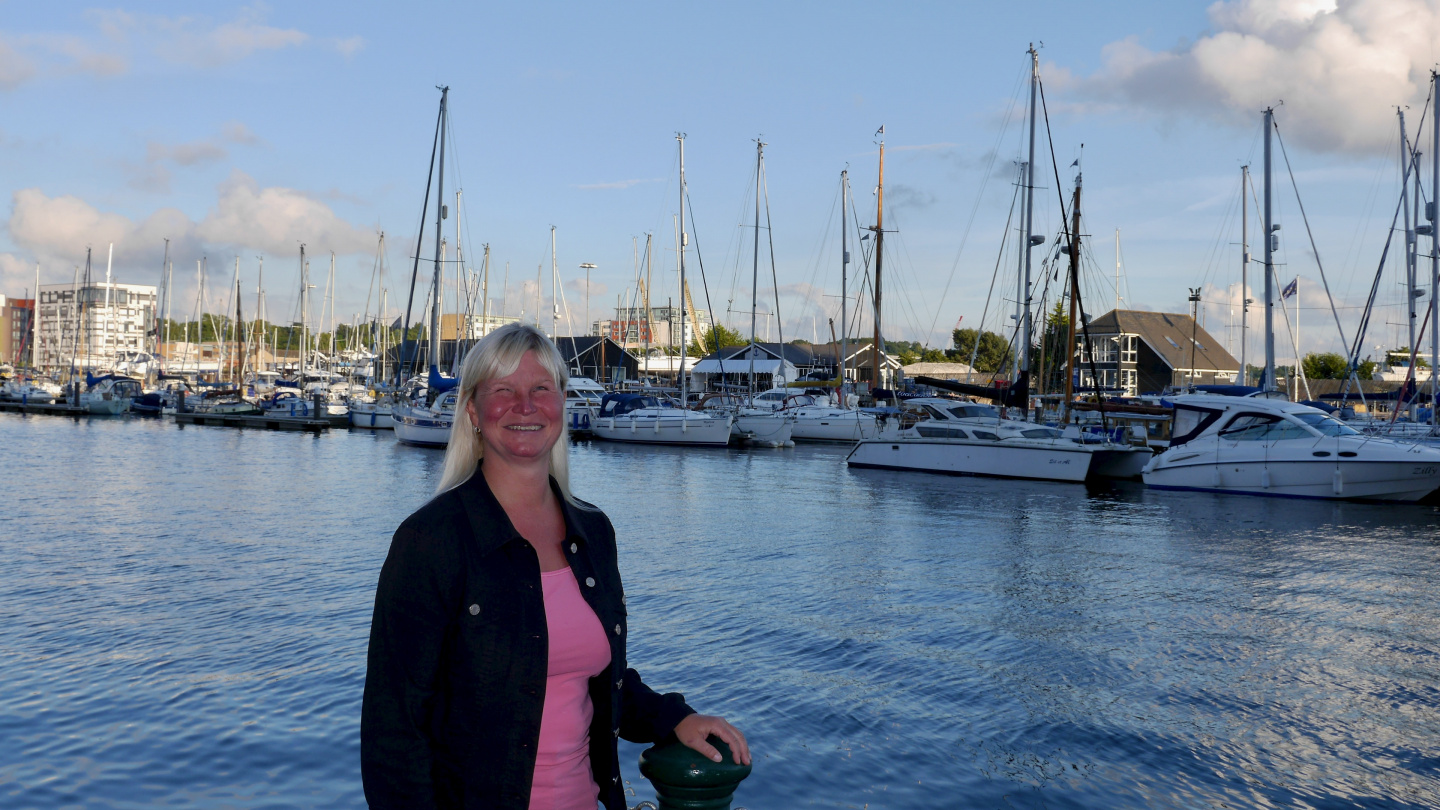On Saturday afternoon when we were ready to leave Dover the air was feeling hot and humid. In addition the weather forecast predicted thunderstorms that had not yet arrived. Fortunately Andrus checked the weather radar before our departure. The major thunderstorm was arriving from Cherbourg to the English Channel from Cherbourg. According to weather radar we should wait for a few hours before departure to avoid the lightning at sea.
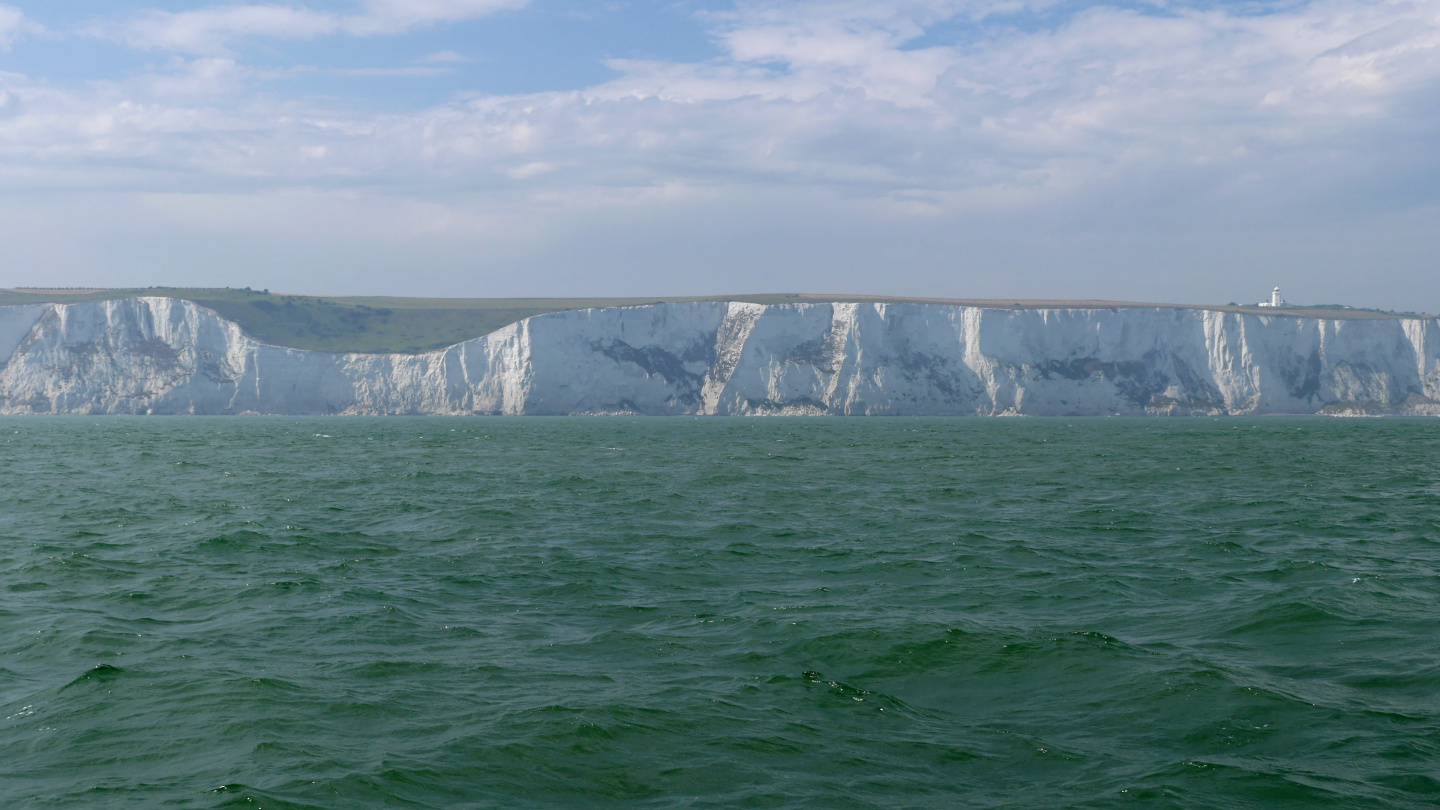
Nowadays there is a weather radar in all countries. From radar it is possible to see the rain density, lightning and movement of rain fronts. We have successfully avoided several thunderstorms by using weather radars in different countries.
From the lightning shown on the map it can be estimated the movement and strength of the thunderstorms. The easiest way to find the rainfall radar is to make a search on internet with keywords ‘weather radar’. For example in Finland the weather radar is found at http://en.ilmatieteenlaitos.fi/rain-and-cloudiness/finland and in UK we used the http://www.netweather.tv/index.cgi?action=radar page.
We decided to split the voyage and thus we sailed first from Dover to Ramsgate on Saturday and continued to Ipswich on Sunday. While approaching Ramsgate the fog came up and the visibility dropped almost to nothing. At the same time Dover coastguard started issuing repeated warnings about bad visibility. Andrus used Suwena’s onboard radar to measure that the beacon on the sea became visible at the distance of 225 feet or 68.5 metres. When a high speed craft passed us we heard the engine noise just next to us. However the radar insured that the distance to ferry was 200 metres.
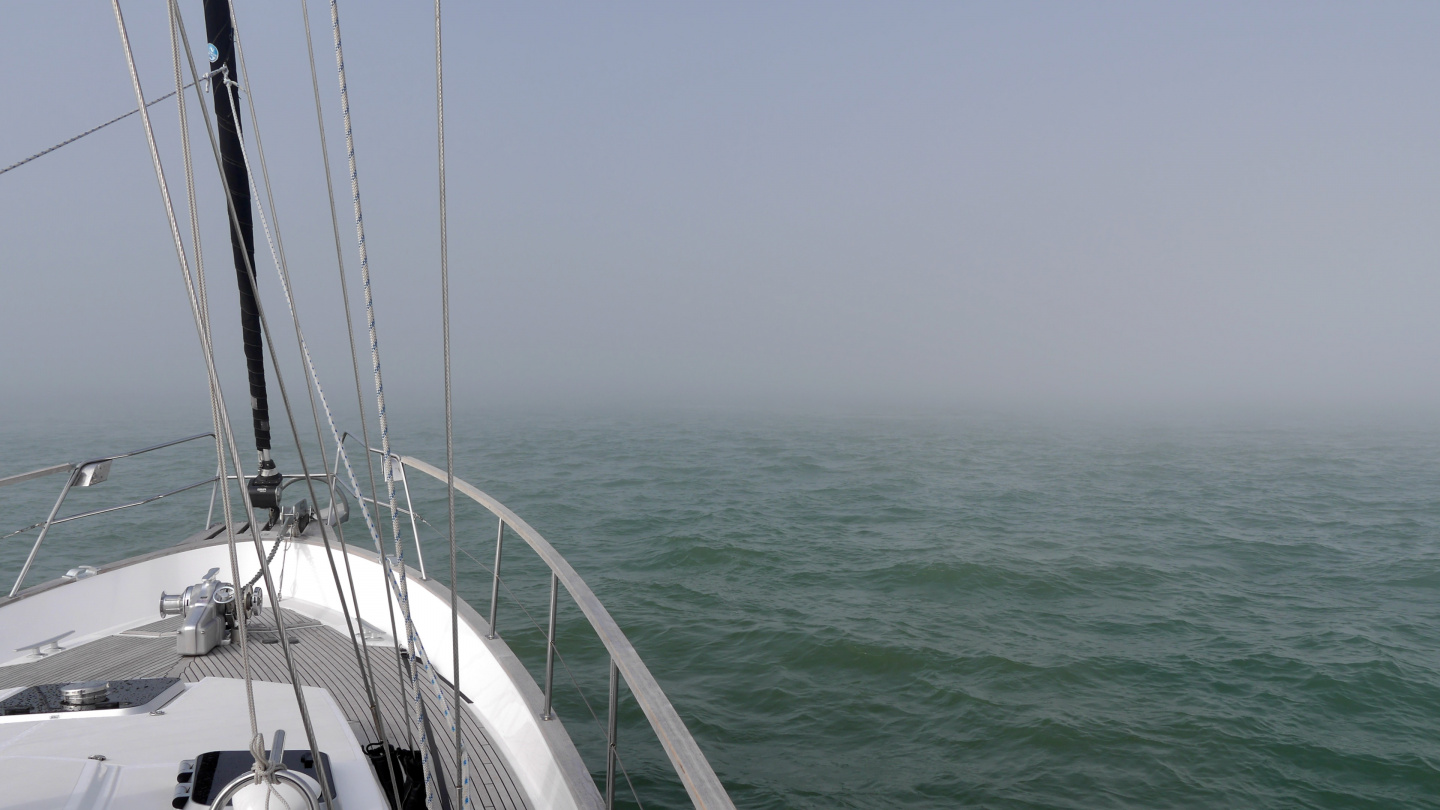
When we were entering the port of Ramsgate it was great to notice that the Port Control guided both the commercial shipping and the boat traffic so everybody managed to enter the harbour safely in the middle of dense fog.
Already in Dover, the harbourmaster warned us about the swell in the Ramsgate marina. In Ramsgate we quickly found a good berth for Suwena and soon after making her fast the fog lifted. Ramsgate seemed to be a peaceful quiet harbour. However the weather forecast showed stronger winds for the night and before bedtime we rigged some additional mooring lines. All was quiet until the wee hours. The wakeup was sudden. The swell was entering the marina and she was pulling hard on the mooring lines. People were emerging from all the boats and there were dense discussions everywhere on how to add more mooring lines. We added some lines as well and went back down below to continue a sleep in a swinging boat.
The Sunday morning was bright, beautiful and sunny. There was a 20 to 25 knot wind from south and we were running the whole day until the river Orwell. Tide calculation was spot on and the tidal current was also co-operating. Overall it was a smooth ride together with the waves of up to 2 metres high.
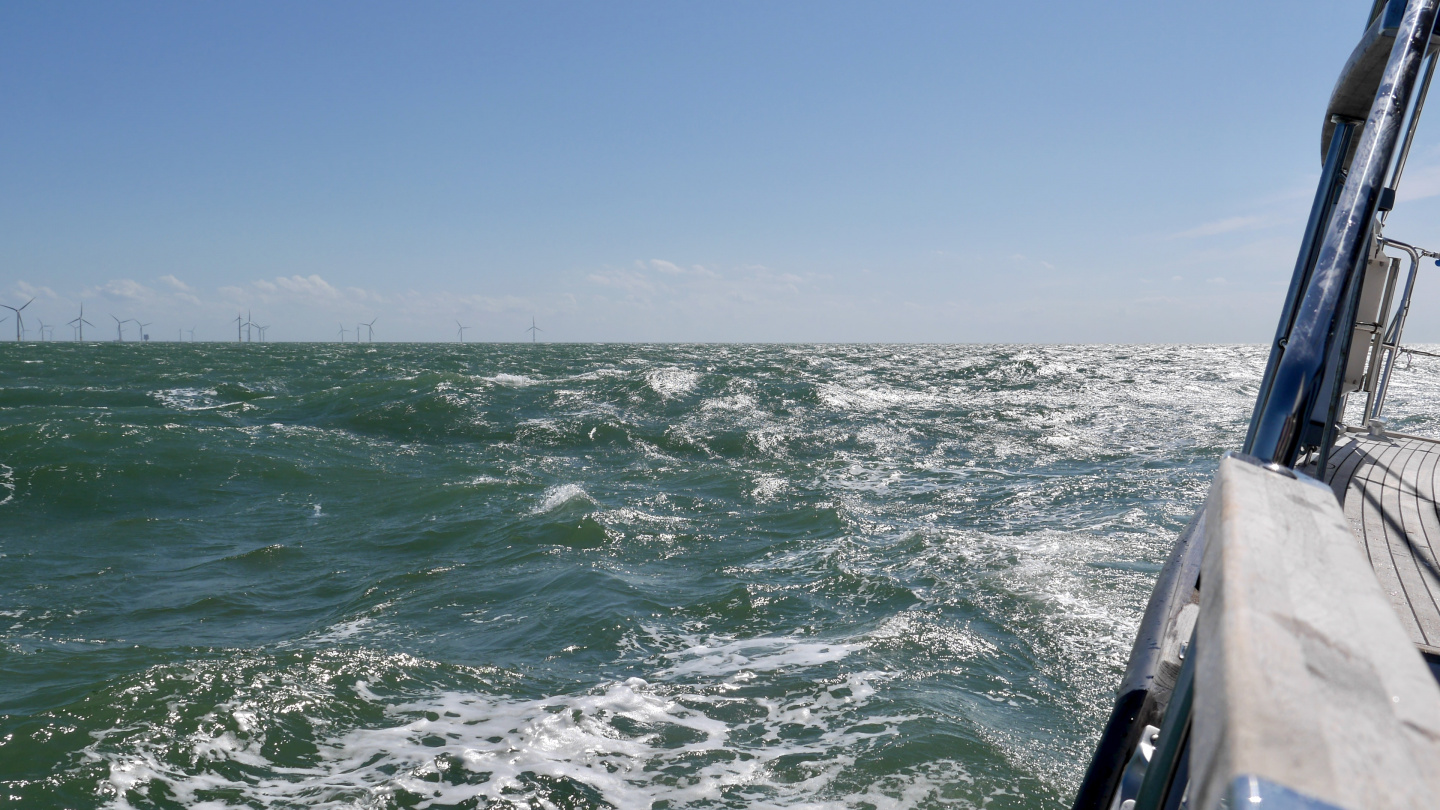
Navigating in the Thames estuary wasn’t easy, because there was the construction area for the London Array windfarm and some fairways are closed. In addition taking shortcuts over sandbanks is a way too dangerous. We also noticed that further out at sea the water was clean blue but near the sandbanks the water was brown and full of sand brought up from the seabed by the current and waves.
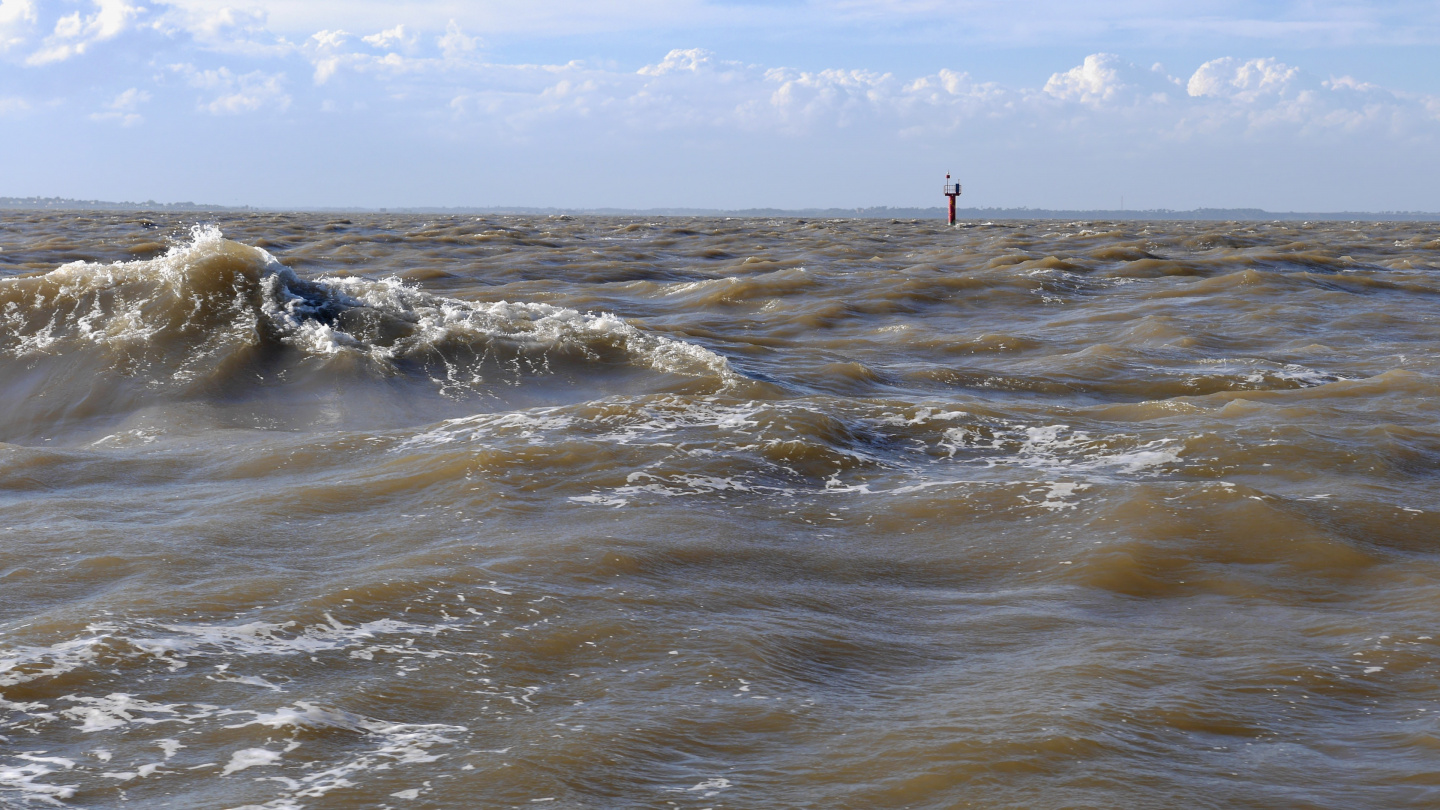
After arriving to the well protected river Orwell the wind was blowing gently. We enjoyed a wonderful sunset indeed and we were slowly sailing up the river to Suwena’s winter home.
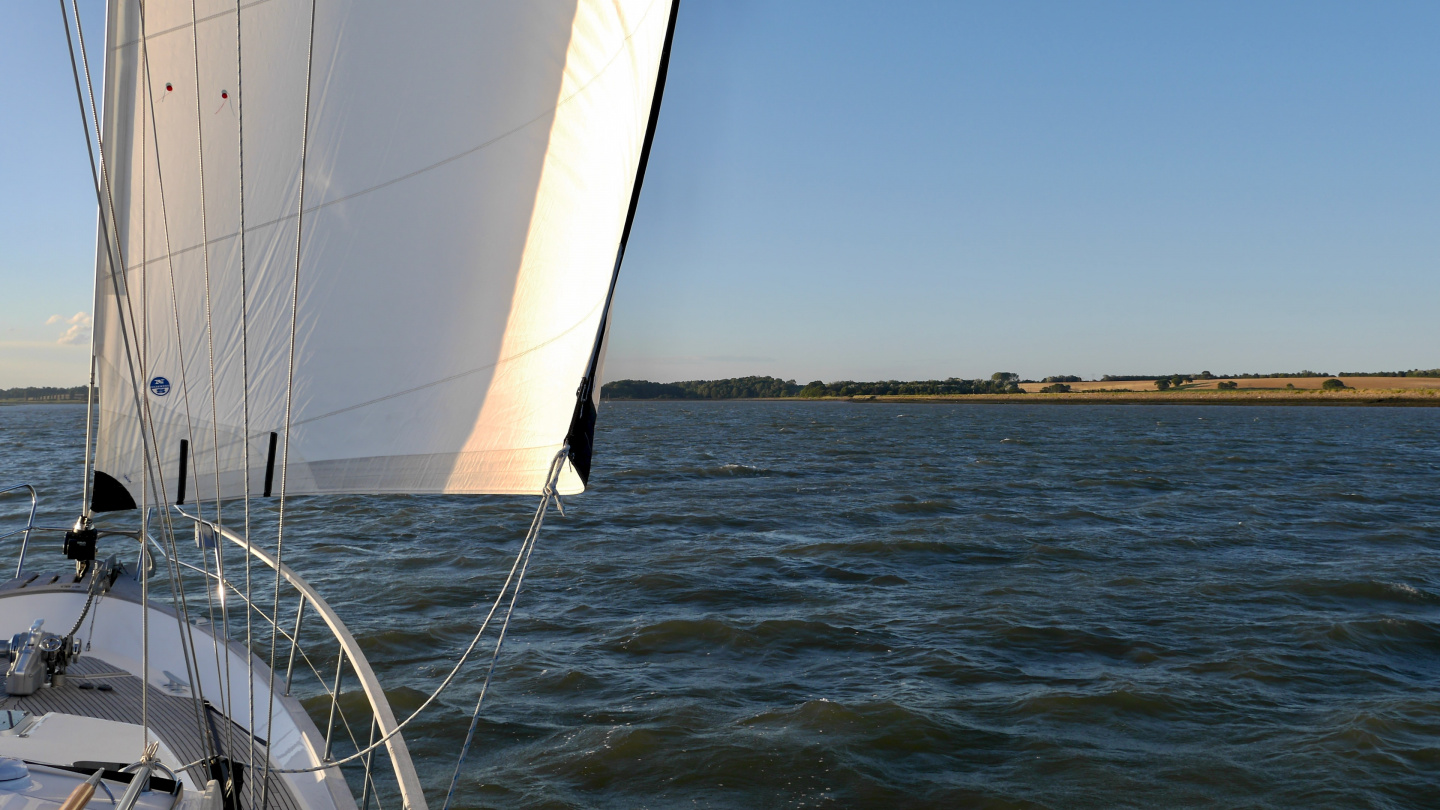
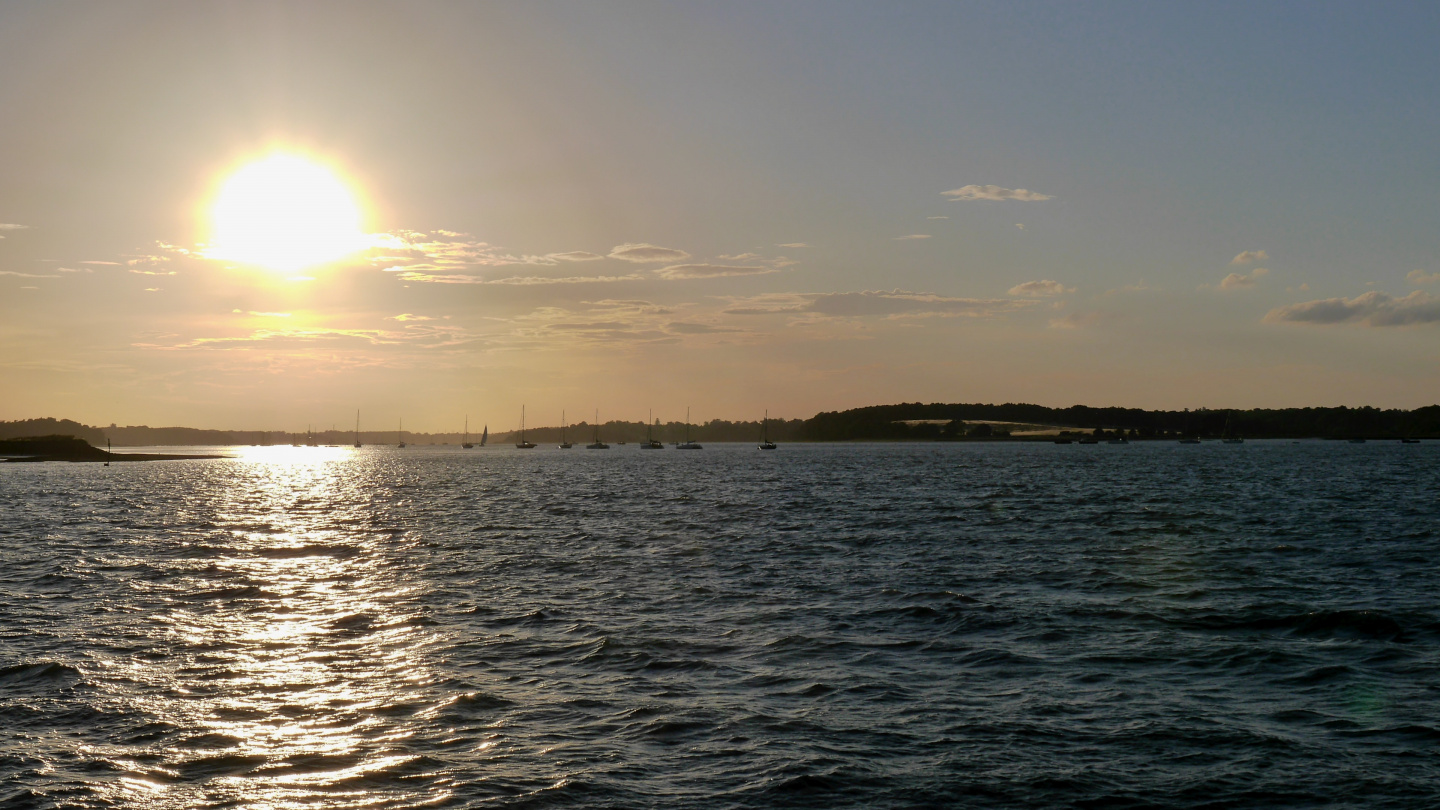
To our delight the Ipswich Haven marina seemed to be well protected from winter gales and overall the atmosphere was welcoming. All the arrangements worked out perfectly in the harbour office. It is always a little exciting to see how our selected winter marina really looks like, as the booking was made already in the spring. Now we were seeing the harbour for a first time and everything was perfect.
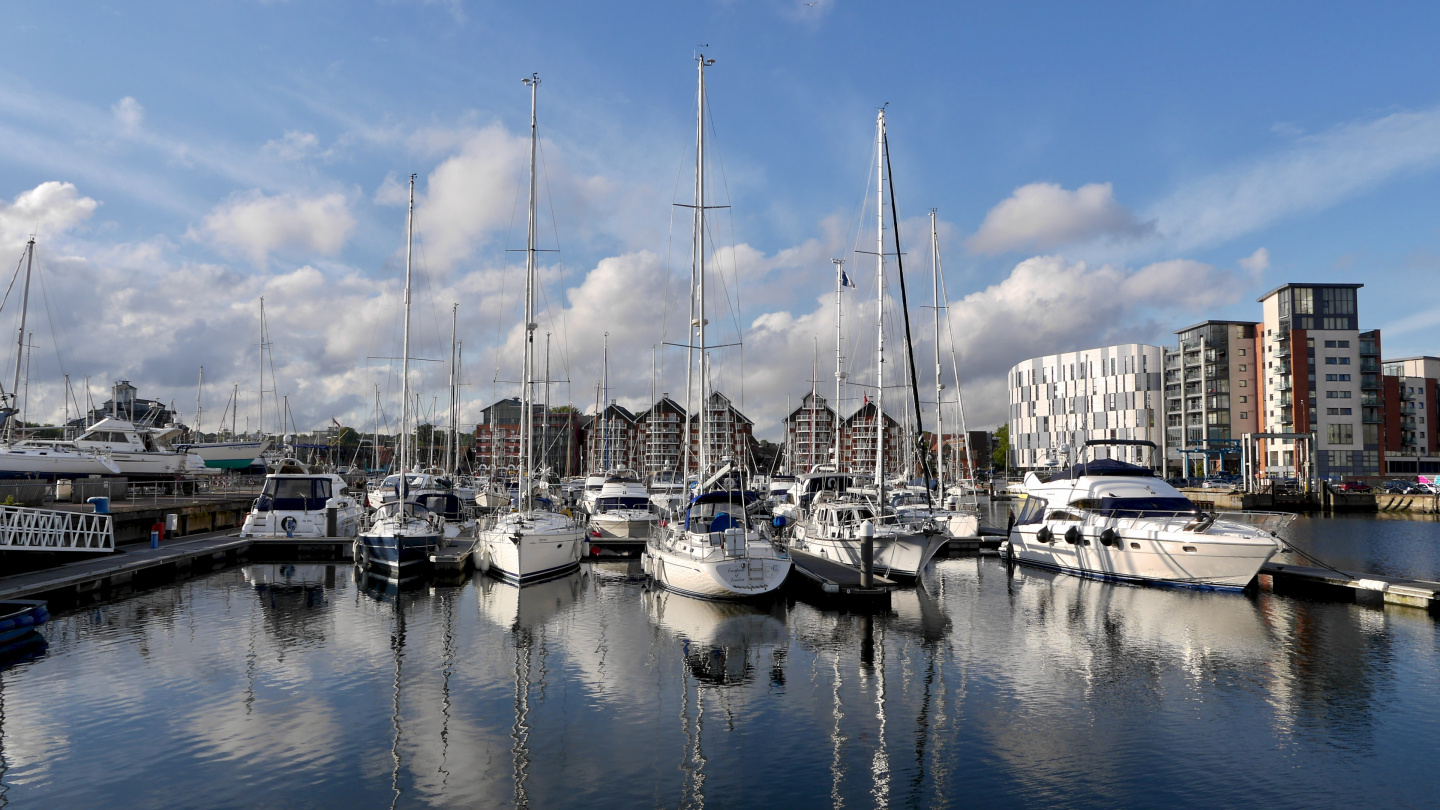
The last days in July were spent by cleaning the boat and packing our stuff before it was already time to fly home. Suwena will stay in water during the next winter. This means that the season will not end by getting her out of the water like before. Instead we will return to the boat in September and sail to London. If our plans succeed we will also participate in the regatta of the Cruising Association’s North Sea section to Southwold. The story of Suwena shall continue soon.
